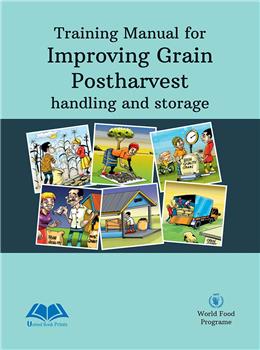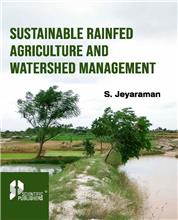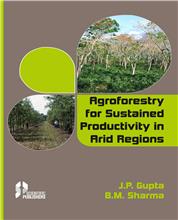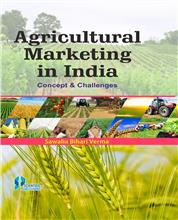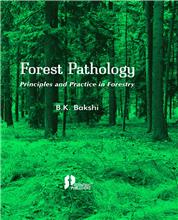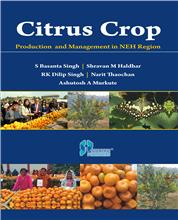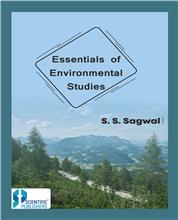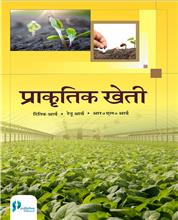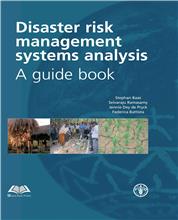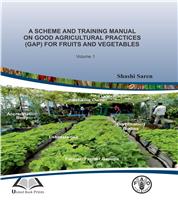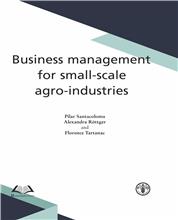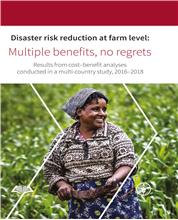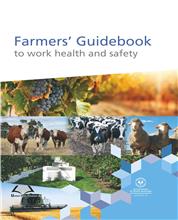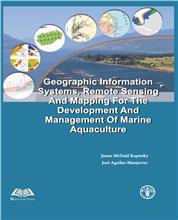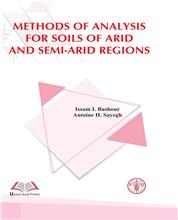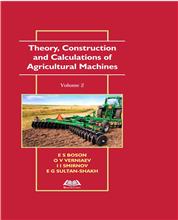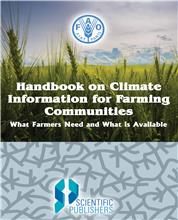Foreword
Acknowledgements
Acronyms,
Abbreviations and Definitions
Overview of
this Training Manual and how to use it
How to use
this Manual
Section 1
HOW TO
DELIVER TRAINING ON POSTHARVEST HANDLING AND STORAGE
Contents
Section 1- How to deliver training on
Postharvest handling and Storage
1.1
Why is PHHS training needed?
1.2
The envisaged PHHS training process
1.3
Quick tips for good postharvest handling and
storage training
1.4
Planning the training
1.5
Characteristics of good farmer trainers
1.6
Effective training approaches
1.7
Training materials
1.8
Evaluation of learning
1.9
Scaling out and scaling up the learning
1.10 Follow
up
Bibliography
Section 2
HOW TO GET
HIGH QUALITY GRAIN ON-FARM
Contents
Section 2-
How to get high quality grain on-farm
Training posters – Good Quality Grain
for Better Markets
2.1
Encouraging farmers to produce high quality grain for a higher income
2.2 Preparing
for the new harvest
2.3
harvesting on time
2.4
Harvesting the crop
2.5
Transporting the crop from the field to the homestead
2.6 Dry the
grain
2.7
Shelling/threshing the grain
2.8 Cleaning
the grain
2.9 Ensuring
good storage of grain at home
2.10 Moving
the grain to the collection point
Section 3
HOW TO
MAINTAIN GOOD QUALITY GRAIN AT THE FIRST COLLECTION POINT
Contents
Section 3-
How to maintain good quality grain at the first collection point Training
poster – Management of the Grain Collection Point
3.1 What the
Collection Point staff should do
3.2 Main
feature of the Collection Point
3.3 Preparation
for receiving grain in store
3.4
Inspecting grain for quality and weight at entry into store
3.5 How to
place grain in the bag store
3.6 How to
keep a check on the number of bags in the store
3.7 Cleaning
and sorting grain that is below quality
3.8 Bagging
grain (weighing, filling, stitching)
3.9 Routine
cleaning of the store
3.10 Routine
inspection of the grain
3.11 Routine
inspection of the store structure
3.12 What to
do if a fumigation is needed
3.13
Transporting grain to a warehouse (loading, unloading, cleanliness of vehicles)
Section 4
HOW TO
MAINTAIN GOOD GRAIN QUALITY IN A WAREHOUSE
Contents
Section 4.
How to maintain good grain quality in a warehouse
4.1 Managing
grain quality
4.2
Maintaining the store exterior and the area around it
4.3 Maintaining
the store interior
4.4 How and
where to build bag stacks
4.5 Ensuring
good store hygiene
4.6 Routine
inspection of the store and bag stack surfaces
4.7 Using
stock cards
4.8
Receiving grain into store
4.9 Dealing
with damaged grain
4.10
Discharge of grain from store
Section 5
GENERAL
PRINCIPLES OF GRAIN QUALITY MANAGEMENT
Contents
Section 5-
General Principles of Grain Quality management
5.1 The
meaning of grain quality grades and standards and why we have them
5.2 How
Farmers’ Organisations can control the grain quality they receive
5.3 How
inspectors should check grain on arrival
5.4 how
grain is sampled to determine its quality on entry into a store
5.5 What
causes the postharvest decline of grain quality
5.6
Understanding and measuring grain moisture and some other physical factors
5.7 The
safe- storage moisture content for grain
5.8
Stackburn of bagged grain
5.9 Measurement
of grain moisture content
5.10
Weighing grain in and out of stores
5.11 The
role of the ‘Blue Box’ for grain quality management
5.12 Keeping
stock cards
5.13 Insect
pest control in farm stores
5.14 Pest
control at Collection Points and in warehouses
5.15 What to
do about rodents in large stores
Bibliography
SECTION 6
LOCAL GRADES
AND STANDARDS
SECTION 7
INSECTICIDES
APPROVED FOR USE ON STORED GRAIN
SECTION 8
PHHS
CUSTOMISABLE POSTERS
